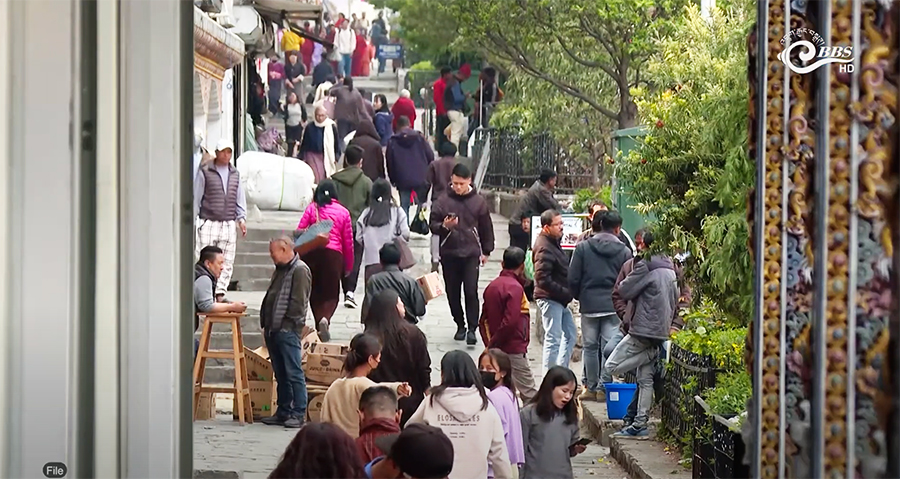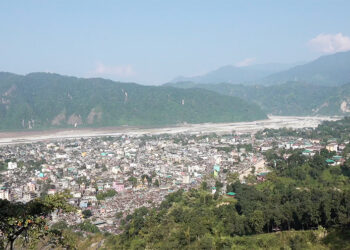 The country’s unemployment rate has dropped to 3.5 per cent in 2024 compared to 5.9 per cent in 2022. This is according to the National Statistics Bureau’s annual survey report 2024. Despite this drop, challenges persist, particularly for women and youth in securing jobs.
The country’s unemployment rate has dropped to 3.5 per cent in 2024 compared to 5.9 per cent in 2022. This is according to the National Statistics Bureau’s annual survey report 2024. Despite this drop, challenges persist, particularly for women and youth in securing jobs.
The report revealed that female unemployment remained higher than male unemployment last year.
Female unemployment was at 4.3 per cent.
Meanwhile, unemployment continues to be an urban issue, with Thimphu recording the highest at 5.9 per cent, followed by Sarpang, Paro, and Chhukha.
Trashi Yangtse and Dagana reported the lowest unemployment rates at 1.3 per cent each.
Likewise, according to the report, youth unemployment remains a critical challenge. Youth unemployment stands at 19 per cent, which is lower than 28.6 per cent in 2022.
Male youth unemployment declined to 17.7 per cent last year compared to 24.4 per cent in 2022. Meanwhile, female youth unemployment remains high at 20.6 per cent. The report suggests persistent barriers for young women in accessing jobs.
Overall, the unemployed youth in urban areas was 54.4 per cent and 45.6 per cent in rural.
The country’s labour force participation rate has declined to 63.9 per cent from 69.1 per cent in 2021, primarily due to a sharp drop in female participation from 65.3 per cent to 53.1 per cent.
The economically inactive population has also increased to 36.1 per cent last year, with women making up 46.9 per cent compared to 26.2 per cent for men.
Among employed individuals, the service sector accounts for the largest share at 42 per cent, followed by agriculture at 41.7 per cent. The industry sector remains the smallest employer, comprising just 16.3 per cent of the workforce.
Namgay Dema










